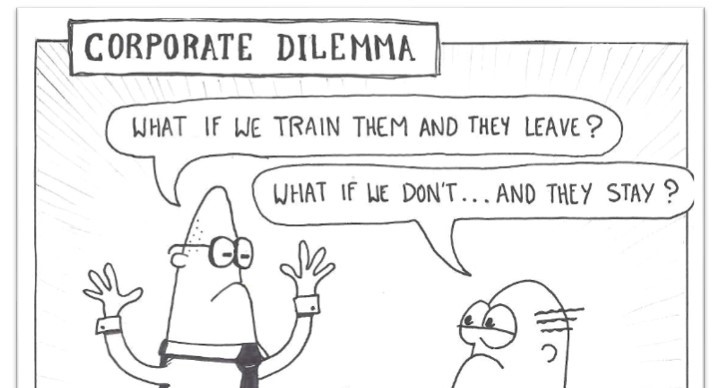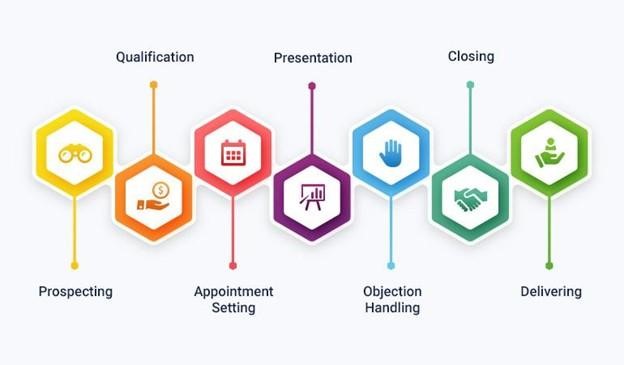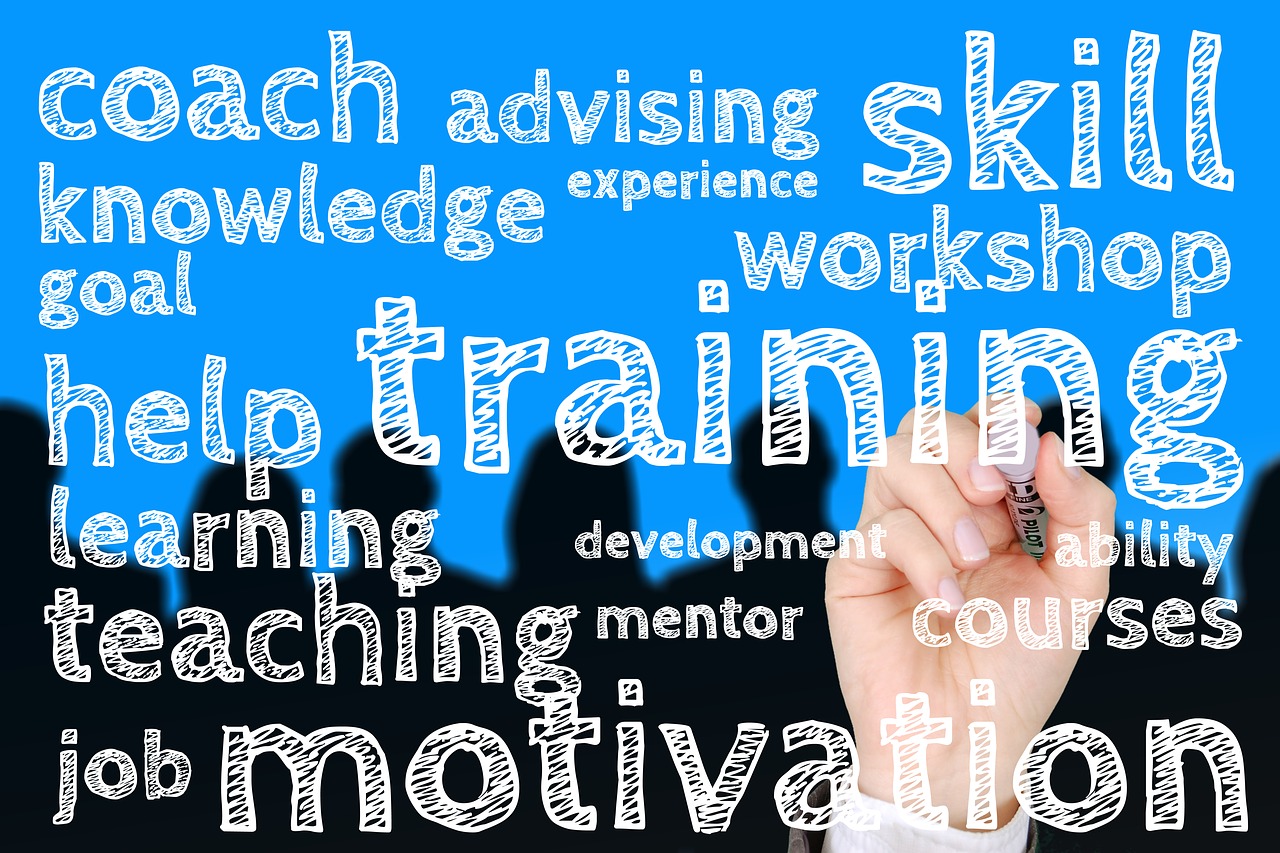Sales promotions are one of the reasons why businesses operate and acquire more leads.
But while the term sounds easy on the ears, sales promotions actually involve a high level of strategy and psychology that even the most prominent brands sometimes get wrong.
Salespeople are always creating a better plan comparing different statistics with the previous results of operations, but at times, this amount of data is not enough to situate an appropriate sales plan for a specific target.
Every salesperson fears to drop their sales because of factors that make their plans and strategy lack.
In the specific occurrence of events, we cannot control everything, let alone change itself. However, learning how to develop and adapt backup plans is effective when things go wrong with your sales.
There are a lot of factors that affect sales dropping in your business; this varies from hiring employees that have no proper training, missed competitor campaigns, the unclear input of internal and external sales, etc. But, the real question is, why does your business experience a sales drop?
Ineffective Sales Pipeline Management
Managing your sales pipeline starts with estimating incoming cash flow by looking at the analytics for existing leads and sales opportunities.
Yet, some brands fail to use useful analytics to track key metrics on how successful deals take place and how the overall pipeline growth takes place. I
Ineffective sales pipeline management can lead you to miss leads that are nearly closing to a sale, or pursue suspects that neither need your solution nor fit for your business.
Unclear Communication
Some people only listen with the intention to hear, but not with the purpose of understanding.
It is essential to have a productive relationship between different teams that handle sales to make a strategic plan to maximise sales performance.
But at times, some teams cannot show cohesiveness, resulting to a loss of sales, and being unprepared for advertising campaigns.
Lack of Sales Follow-up
Every lead that you will get during sales campaigns should be followed-up as they move through the sales pipeline.
Some companies forget to check with their leads because of the different considerations when campaigns started, but this is not a reason why you should not check yours.
According to a research, lack of sales follow-up can be costly – upwards of 10% more in revenue lost per year.
Ineffective Forecasting
Some sales representatives are too pressured with the sales drop that their campaign had experienced, and this results in changing and guessing the real data between your wins and losses.
It is best to use historical data and the right metrics to extrapolate the results of your quarterly outputs; being truthful with every detail that is enclosed with your report will give your company more accurate insight on how to adjust and create more strategic plans.
Overlooking Competition
When it comes to handling sales properly, no one is ever entitled to be comfortable, just because their leads are increasing.
Being competitive with your sales shows how dedicated and advanced your company is when it comes to performing the right strategy and plan for your consumers.
Competing brands are also stepping up their game by doing thorough research about their consumers and how they can market their brand while adapting to different trends.
If you’re not aware of what your major competitors are doing, you’re flying blind.
Look to see whether your competitors have seen an increase in sales, while you’re experiencing a decrease.
Insufficient Sales Training
The salespeople that are aware of their clients’ strategies will better focus their sales efforts; this includes DNA-ing the client.
Companies who intend to survive for the long haul should invest in sales coaching that will further improve their competency in attracting new customers and closing more leads.
Lack of Motivation
Incentives and rewards are effective motivational tools that many companies still do not use to boost their sales performance.
Motivation creates a healthy environment which then creates good outcomes resulting in the sales increase. Do not take for granted the hardships of your salespeople; it is best to practice fair treatment in every win that every person acquires for the company.
KONA Group
1300 611 288
To discuss how we can help you to improve your organisation’s results.



























































































